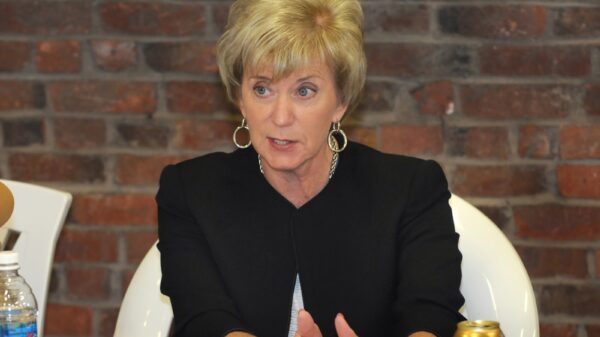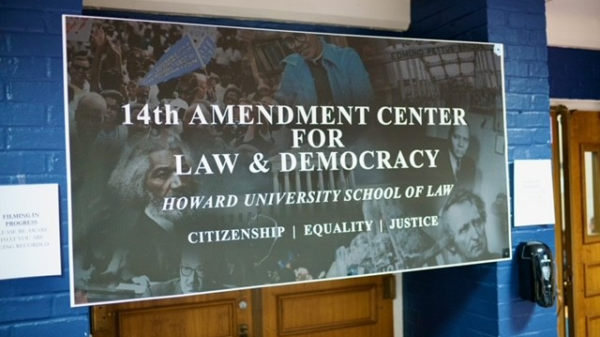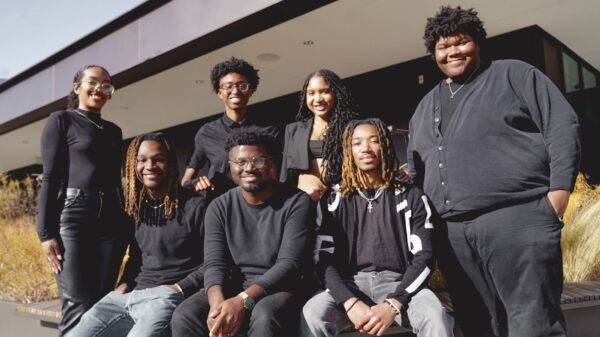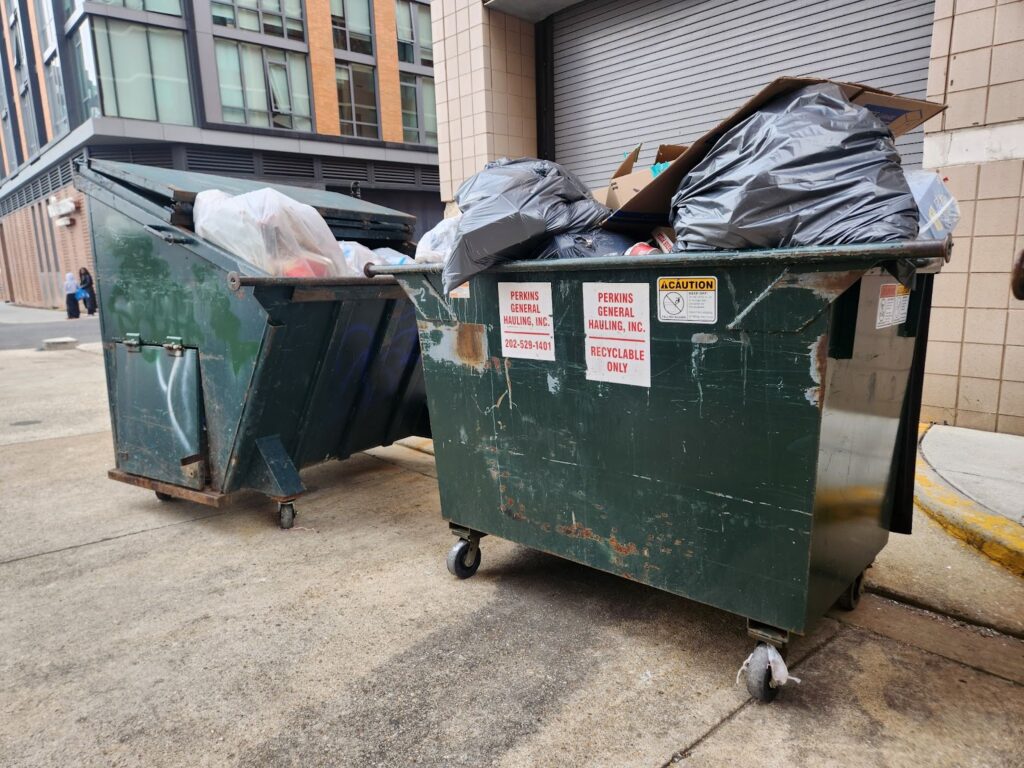
Howard’s Office of Sustainability hasn’t published a strategic plan update since 2022 and there isn’t any accessible data showing the impact of its work.
The university has outlined initiatives addressing its environmental impact, but Howard community members have expressed contradictory feelings on campus about the progress of this impact.
“Howard is actively working to enhance sustainability practices that align with leading institutions,” Mary-Ann Ibeziako, associate vice president for Environmental Health, Safety and Sustainability said.
A presentation provided by Ibeziako conveyed that Howard’s official sustainability efforts began in 2011 with the creation of the Office of Sustainability. While investigating, The Hilltop was not able to get into direct contact with anyone in the office, and the most recent post on the website is dated October 7, 2022.
Two faculty members who work on sustainability efforts for the university gave different titles for the office. Ibeziako said she works for the Office of Environmental Health, Safety and Sustainability (EHSS) while Klohver Tynes, a compliance specialist, said she works for the Department of Environmental Health, Sustainability and Safety.
Neither of these teams has a dedicated section on Howard’s website. However, the site does refer to a Department of Environmental Health and Safety (EHS) and has a link to a 2022 The Dig article about sustainability on campus.
Neither Ibeziako nor Tynes were able to provide measurable data on the sustainability practices at Howard, and were unable to provide direction on how to find or access it.
However, Howard has programs in place to address sustainability and environmental impact like a zero waste audit and program, water conservation and energy management efforts and green building practices.
In 2012, the university signed the College and University Sustainability Pledge (CUSP), which according to the Department of Energy and Environment (DOEE) is an agreement to pursue sustainability measures on individual campuses and through cross-institutional collaboration and competition with other CUSP schools.
The pledge was re-signed in 2019 by D.C. Mayor Muriel Bowser and according to the website, the universities meet quarterly to learn from one another and partner together.
The DOEE was contacted for comment on its relationship with Howard and for an update on the CUSP pledge, but they did not respond in time for publication.
According to the presentation provided by Ibeziako, the university is expected to publish an updated Sustainability Plan Report in early 2025 and develop and publish a Climate Action Plan by 2026. No additional timelines were provided.
Student Organization Efforts
Student-led organizations are working to create a more environmentally friendly campus and promote eco-friendly lifestyles, including the Howard University Water Environment Association (HUWEA) and the Sustainability Department within the Howard University Student Association (HUSA).
A concern that representatives from both organizations had was a lack of communication and transparency from the university regarding Howard’s environmental impact and sustainability initiatives.
“Howard could definitely be doing better with their sustainable resources, like solar panels,” Hailey Morris, a third-year environmental studies major from California said. “I see that they have some but are they actually working? They’re not transparent when it comes to things like that.”
On the Office of Sustainability website, it stated that Howard partnered with Volt Energy Utility to install 1.2 megawatts of solar panels on multiple rooftops. This statement estimated the project would be completed by the fall of 2020 and would be the largest on-site solar project in D.C.
Following this statement, there have been no further updates on this project.
The Hilltop reached out to Volt Energy Utility for comment, but they did not respond in time for publication.
Morris, who is also the president of HUWEA, shared her concerns about the lack of recycling and composting bins on campus. HUSA Sustainability Director Sydney Sauls said that her department has been working on this for two years.
Last semester, when doing student outreach and canvassing work, Sauls, a junior environmental science major from Baltimore, said one of the main topics that came up was the lack of recycling in the student resident halls, Howard Plaza Towers East and West.
According to the Office of Residence Life, the dorms house 2,000 students combined. While there are trash chutes on each floor, there are no recycling containers.
The only labeled containers for recyclable materials are located in the lobbies of each building and are for bottles, cans and paper. There is nothing for larger materials.
A sign outside some of the trash chutes in Howard Plaza Towers East tells residents to “discard any boxes and open trash in the dumpsters between East and West Towers.” The sign is attributed to management.
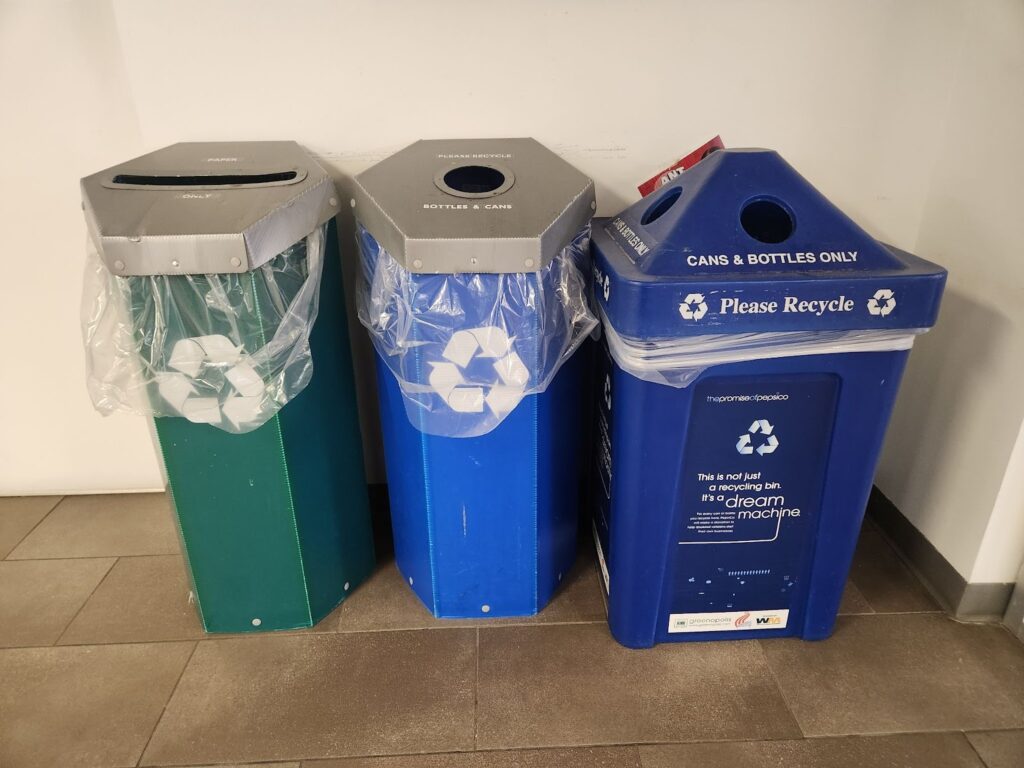
Both HUWEA and HUSA are working to enact sustainable changes for the Howard community.
HUSA has a social media segment called “SustainabiliTEA” that brings awareness to sustainability efforts on and off campus. Additionally, HUWEA hosts multiple events each semester centered around the environment including a recent Green Jobs Fair in collaboration with HUSA and a spring break volunteer trip to Peru.
“The ultimate goal is to live a more sustainable life than yesterday,” Sauls said.
Sustainable Curriculum
In the presentation provided by Ibeziako, associate vice president for Environmental Health, Safety and Sustainability, there was a list of some of Howard’s sustainability-related course offerings. This list included courses in the following departments: sociology, fashion, interdisciplinary studies and biology.
According to a search on BisonHub, there are also course offerings in architecture, economics, history and law.
Cassandra Jean, adjunct professor at Howard, teaches one of the sustainable sociology courses “Climate Change, Energy & Social Justice.”
In the course, Jean encouraged students to look for different intersections related to environmental justice and climate issues–including race, health and geographic location.
In the fashion department, Professor Mikki Taylor, who teaches “Sustainability,” emphasized that the class is not just about learning and lecturing but also gives the students hands-on experience.
“Every single one of my students, whether they have ever created anything before or not, [in this class] they create a sustainable garment or an accessory and they come up with some amazing things,” she said.
Taylor, who is also a Howard alumna, noted how even though it is a required course, students are truly passionate about sustainability and incorporate it into their daily lives.
Tyair Ruth, a sophomore fashion design major from Brooklyn, encouraged his friends to be more environmentally conscious through fashion. He taught one friend how to use a sewing machine to create new and unique clothes and persuaded others to stop ordering clothes online even if it is cheaper and more efficient.
“My friends have ordered clothes from these places [fast fashion brands] and one it wouldn’t come in as seen online, two it [would] probably only last one wear–put it in the washing machine one time, it’s not the same,” Ruth said.
Britannica defined fast fashion as “a term describing the rapid production of inexpensive, low-quality clothing that often mimics popular styles of fashion labels, big-name brands and independent designers.”
As of February 2025, fast fashion has become a $150.82 billion industry and is estimated to reach $291.1 billion by 2032, according to UniformMarket.
Ruth encouraged others to either make their own clothes or shop at thrift stores because they are more cost-effective and sustainable than shopping online.
Howard Administrative Goals

“Campus Footprint and Sustainability” was one of the initiatives under pillar four of the 2019-2024 Howard Forward Five-Year Plan.
According to the full report of the plan, efforts were made to reduce the campus’ carbon footprint and energy use by 20 percent.
Assistant Vice President for Planning and Architecture, Derrek Niec-Williams was unable to provide any numerical data on Howard’s carbon footprint or energy use and referred The Hilltop to Ibeziako who did not provide any information.
However, Niec-Williams did discuss some of the efforts to reduce energy consumption in the Interdisciplinary Research Building (IRB) that opened in 2016.
“Research buildings are patently energy hogs,” he said. “They use a lot of energy because you have lots of sensitive research equipment…that require no interruption of power.”
When constructing the IRB, the university wanted to build it effectively while also addressing the environmental impact. To help guide the construction, they used measurable qualifiers from the Leadership in Energy and Environmental Design (LEED) rating system.
LEED is a certification from the U.S. Green Building Council that globally recognizes sustainable achievement. For the IRB, Howard aimed to reach LEED Silver status, the third-tier ranking but ended up achieving LEED Gold, the second-highest certification on the scale, which is second to platinum.

Another Howard building that has received LEED certification is Frederick Douglass Memorial Hall. Niec-Williams said this was particularly challenging because it is recognized as a historical landmark.
“There’s certain things that we couldn’t do because of the nature, the Historic Preservation Office [HPO], and those folks would not let us do certain things that would have pushed the building further towards energy efficiency,” he said.
One example Niec-Williams gave was the replacement of the windows. Modern buildings typically have windows that use what is called “Low-E” glass for better insulation. When replacing the windows of Douglass Hall, the HPO would not allow the university to use Low-E glass windows, making the building less energy efficient.
Department of Earth, Environment and Equity
The Department of Earth, Environment and Equity (E3) is new to the College of Arts and Sciences at Howard, opening in 2024. Interim Chair, Janelle Burke, has talked to current students and they said they are enthusiastic about this new program because their degrees will no longer be listed under interdisciplinary studies.
Burke said she is actively hiring faculty and staff to have a well-rounded department dedicated to supporting the environment.
“I’m really interested in raising the profile of environmental issues, especially environmental injustice and sustainability initiatives at HBCUs,” Burke said.
Madison Winfield, a senior environmental studies major from Mansfield, Texas, said she wants the world to take these issues seriously.
“Sustainability is not just a new buzzword. It is a moniker for active change for the protection of our future,” she said.
Other students like Sulaiman Mathew-Wilson, a sophomore honors environmental studies major from Philadelphia, agreed and discussed what the E3 department means for marginalized communities.
“While environmental issues affect everyone, they disproportionately harm marginalized communities,” he said. “The environmental field is overwhelmingly white-dominated and it is vital that fresh and diverse ideas are brought to the table to fight climate issues.”
Copy edited by Camiryn Stepteau





